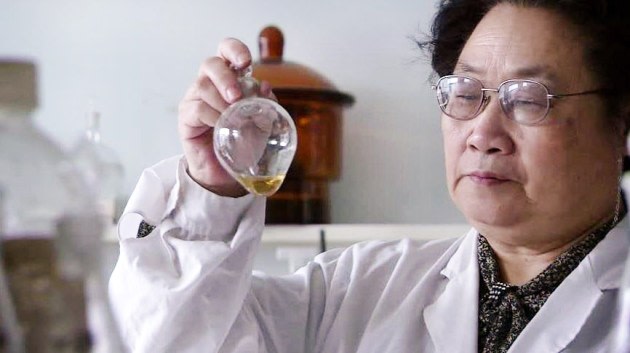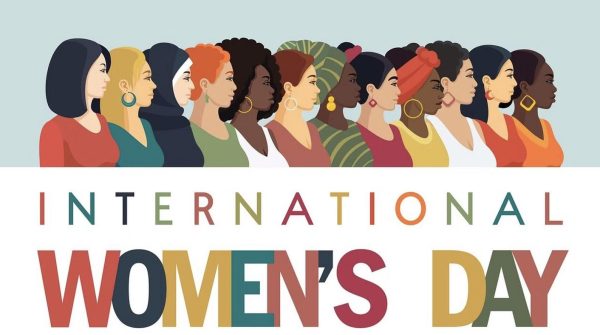Tu Youyou
March is Women’s History Month! The Cardinal will honor, observe and celebrate the vital role of women in American history.
March 9, 2021
Tu Youyou was born on December 30, 1930 and is a Chinese pharmaceutical chemist and malariologist. She discovered artemisinin, also known as qīnghāosù, and dihydroartemisinin, used to treat malaria, a breakthrough in twentieth-century tropical medicine, saving millions of lives in South China, Southeast Asia, Africa, and South America. For her work, Tu received the 2011 Lasker Award in clinical medicine and the 2015 Nobel Prize in Physiology or Medicine jointly with William C. Campbell and Satoshi Ōmura. Tu is the first Chinese Nobel laureate in physiology or medicine and the first female citizen of the People’s Republic of China to receive a Nobel Prize in any category. She is also the first Chinese person to receive the Lasker Award. Tu was born, educated and carried out her research exclusively in China.
In 1969, Tu, then 39 years old, had an idea of screening Chinese herbs. She first investigated the Chinese medical classics in history, visiting practitioners of traditional Chinese medicine all over the country on her own. She gathered her findings in a notebook called A Collection of Single Practical Prescriptions for Anti-Malaria. Her notebook summarized 640 prescriptions. By 1971, her team had screened over 2,000 traditional Chinese recipes and made 380 herbal extracts, from some 200 herbs, which were tested on mice. One compound was effective, sweet wormwood; Artemisia annua, which was used for “intermittent fevers,” a hallmark of malaria. As Tu also presented at the project seminar, its preparation was described in a 1,600-year-old text, in a recipe titled, “Emergency Prescriptions Kept Up One’s Sleeve”.
In 1972, Tu studied the chemical structure and pharmacology of artemisinin. Tu’s group first determined the chemical structure of artemisinin. In 1973, Tu wanted to confirm the carbonyl group in the artemisinin molecule, therefore she accidentally synthesized dihydroartemisinin. Furthermore, Tu volunteered to be the first human subject. “As head of this research group, I had the responsibility” she said. It was safe, so she conducted successful clinical trials with human patients. Her work was published anonymously in 1977. In 1981, she presented the findings relating to artemisinin at a meeting with the World Health Organization. For her work on malaria, she was awarded the Nobel Prize in Medicine on 5 October 2015.












